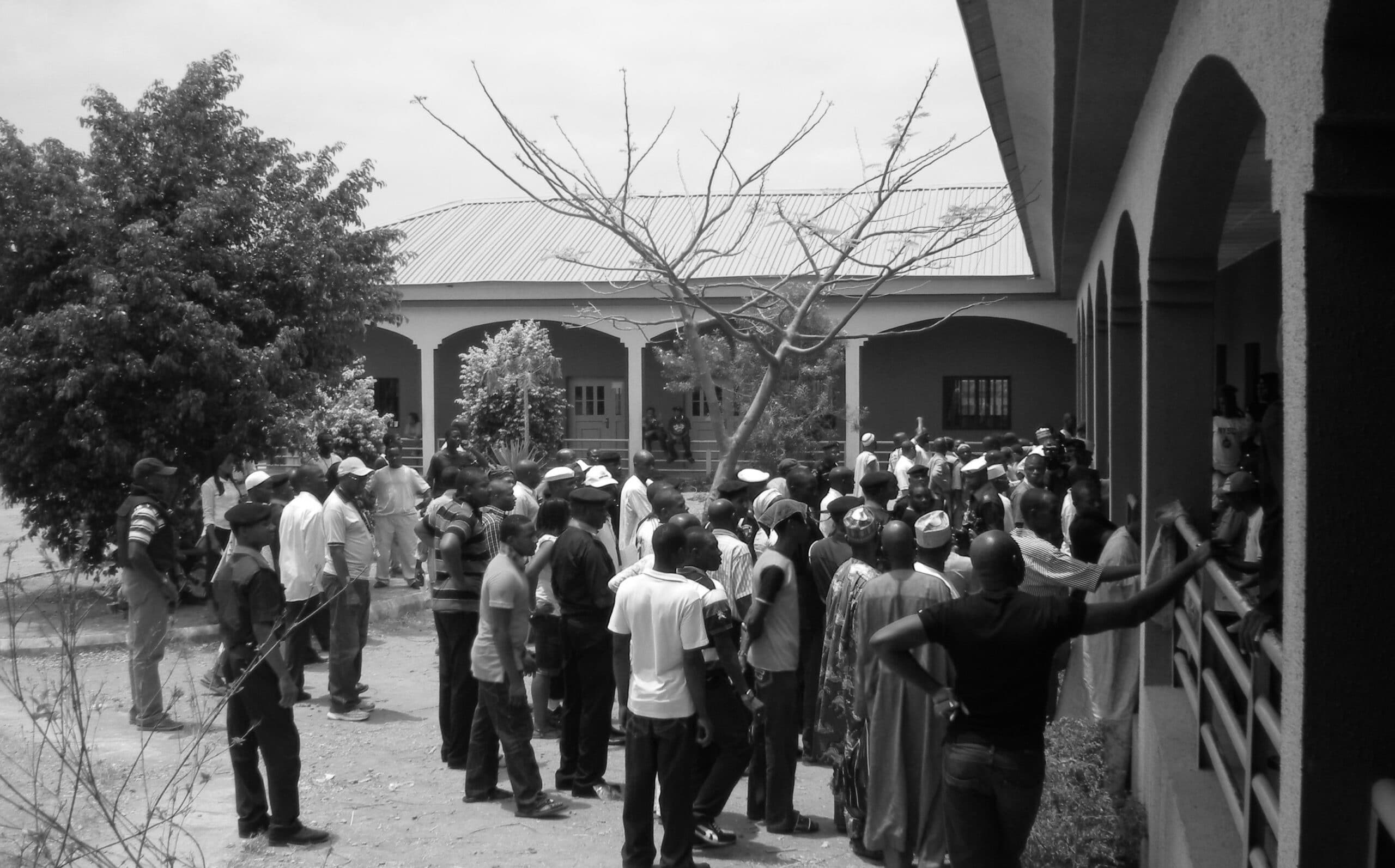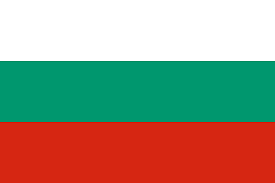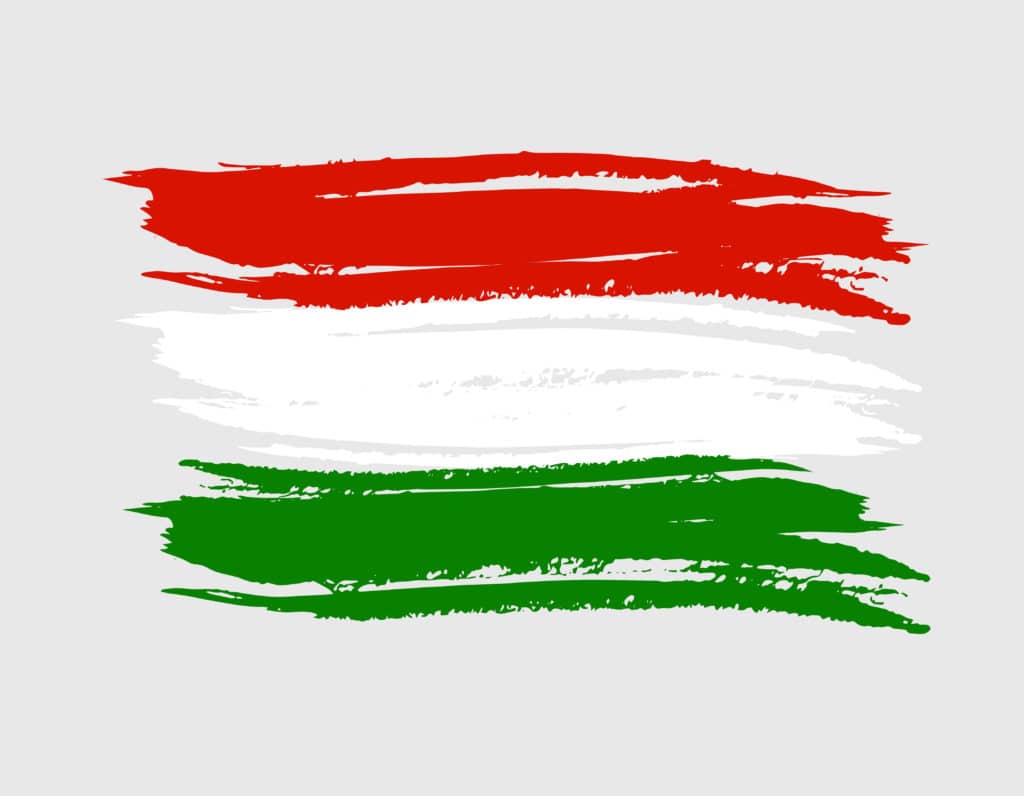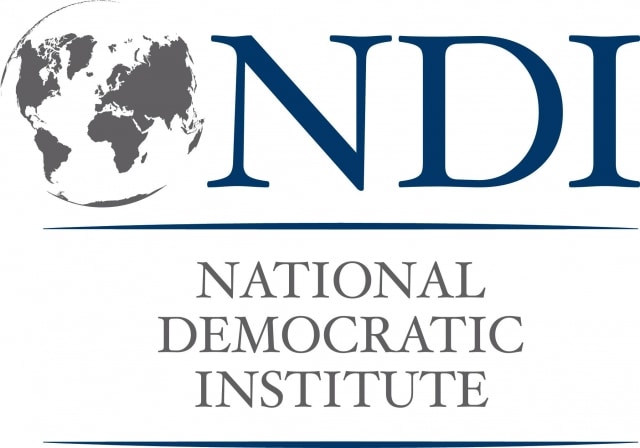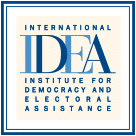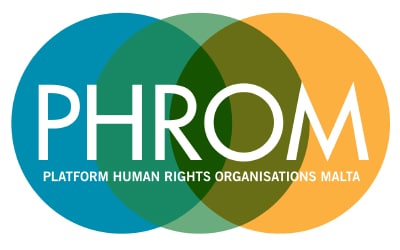Canada’s election: scandal, a dead cat, niqabs, and an excess of moderation
BCI invited Paul Adams to explain one of the longest election campaigns in Canada.
The big question in the Canadian election, to be held October 19, is whether the electoral system and the political parties can give the voters what they want: a change in government.
Most Canadians are telling the pollsters that they have had it with the Conservative government of Stephen Harper, which has governed since 2006. In one mid-campaign poll just 35% said his government is headed in the right direction.
But with the centre-left split between two, three or perhaps even four parties, 35% may be enough to secure Harper another mandate – and it is awfully close to what he would need to win a majority, securing his government for another four years.
Ideologically, Harper is a movement conservative in the mold of Margaret Thatcher and Ronald Reagan – and more recently, Australia’s John Howard and Tony Abbott. He has largely purged his party of what Thatcher used to call “wets”. He has given Canada the distinction of being the only country to renounce the Kyoto Protocol after having signed. The keystone of his economic policy has been the promotion of oil and gas exports, including the notorious carbon-belching “tar sands” located in his home province of Alberta.
But unlike some of his ideological mentors, Harper is also a cautious man, an incrementalist who has avoided social issues such as abortion and same-sex marriage, and who ran big deficits in the aftermath of the great financial crisis of 2008.
His most capable biographer, Paul Wells, titled his book The Longer I’m Prime Minister -- a tribute to Harper’s preference for glacial, if transformative, change over grand gestures. In recent years, the lack of a big ambitious agenda allowed his government to become mired in scandals centred around Canada’s Senate – a kind of low-rent House of Lords populated by appointed party hacks and hangers-on, as well as the occasional hockey player.
Canadians, it should be said, expect their governments to be squeaky clean. Incredibly, the most celebrated of Harper’s many Senate scandals involves his chief of staff cutting a $90,000 personal cheque to help an errant Senator repay improperly charged living expenses. In other words, the alleged conspirators appear to have been secretly channeling private funds into, not out of, the public purse.
Despite a highly publicized trial in the case, Harper launched his campaign for re-election in August with the limpest of appeals: that he was the most reliable man to guide the economy. To give you an idea how limp, he quickly got himself into a debate about whether Canada is “technically” in a recession. Technically, it seems, it is.
Harper has an unearned reputation as a tactical genius. That having been said, he does have a resolutely tactical mind. His hopes in this election seem to have been pinned on the vulnerabilities of the opposition parties.
The Liberal party, which dominated Canadian politics during most of the 20th century before taking a swan dive early in the 21st, is now enjoying something of a revival under its new leader, Justin Trudeau. Trudeau was born on Christmas day in 1971, when his father, Pierre Trudeau, was himself prime minister. The elder Trudeau was an epochal politician, comparable to Kennedy in the United States or Thatcher in Britain.
However, the Conservatives hoped to use Justin Trudeau’s relative youth and absolute good looks against him. They unleashed a huge TV ad campaign with “Justin” as they like to call him, as the target. In the ad in heaviest rotation, a group of job interviewers assess Trudeau’s admittedly thin credentials and pronounce him “just not ready”, with one adding brightly: “Nice hair, though”.
The idea seemed to be to knock Trudeau and the Liberals completely out of contention so that Harper could have a two-way race with the New Democratic Party, led by Thomas Mulcair.
The NDP, a traditionally social democratic party, actually led all the parties in the polls early in the campaign, but the Conservatives apparently preferred them as opponents hoping they could portray them as scary leftist radicals. However, in the age of Corbyn and Tspiras, Mulcair is anything but. A former Quebec Liberal himself, he seems to have set out in this campaign to steal the Liberals’ moderate clothing.
The Harper tactics didn't work. Trudeau effortlessly exceeded the low expectations the Conservatives had set for him in a series of debates, and by the beginning of September, Harper’s party had slipped to third place in many polls, if only narrowly, behind both the Liberals and the NDP.
Enter the dead cat.
Or rather, the author of the dead cat strategy: the Australian conservative political strategist, Lynton Crosby, brought in to reboot Harper’s stalled campaign. A former client of Crosby’s, the London mayor Boris Johnson, once explained that one of Crosby’s tactics is that when you are losing an argument, you throw a dead cat on the table. “Everyone will shout: ‘Jeez mate, there’s a dead cat on the table!’” and forget about everything else.
In this case, the dead cat was the previously obscure issue of whether Muslim women wearing the face-covering niqab should be allowed to swear in as citizens thus adorned. The trivial number of women affected were already required to show their face privately to an official before the ceremony, but that was not good enough for the government. When the courts struck down the government’s rule that the women expose their faces throughout the swearing-in, Harper had himself a dead cat.
Instead of “Jeez, mate!” though, it was “Tabernac!” (Only Canadians will get that joke.)
In the province of Quebec, where francophone voters are notoriously sensitive to cultural issues, the immediate effect of the niqab debate was to depress support for the NDP in what had been its stronghold. It also revived the nearly moribund separatist Bloc Québécois, which though generally leftish in its views, is definitely not pluralist in its cultural policies.
Suddenly, the NDP was dropping out of contention nationally, and the Conservatives were back in the race, vying with the Liberals for first place.
That’s where the electoral system comes in. Canada has a first-past-the-post system for its parliamentary seats, like Britain’s. But with its fragmented party system, a party can acquire a majority in parliament with less than 40% of the vote – as happened in 2000 and again in 2011.
On most issues, Trudeau’s Liberals, who have tacked left in this campaign, and Mulcair’s NDP, which has tacked right, are indistinguishable to the majority of voters. And indeed, the polls suggest most voters for either one would prefer a government led by the other to seeing Harper back in power.
But predictably the two centre-left parties are ripping each other apart in their advertising and their rhetoric in an attempt to become the one clear alternative to the Conservatives.
There’s more and more talk that what Canadians call strategic voting – tactical voting in British parlance – could allow voters to sort it all out for themselves. But that requires voters who want an end to the Harper government to make a fine judgment about which of the opposition parties is best positioned to win in their local constituencies.
It may not be the most important election of our lifetime, as political leaders like to say every single time. But it is certainly one of the least predictable and most exciting.
Paul Adams is a former political journalist for the Canadian Broadcasting Corporation (CBC) and Globe and Mail, as well as a former executive of the polling organization EKOS Research. He was educated at Oxford and Columbia universities and is now an associate professor at Carleton University's journalism school in Ottawa, Canada. His most recent book, Power Trap, examined the challenges facing Canada's opposition parties.


